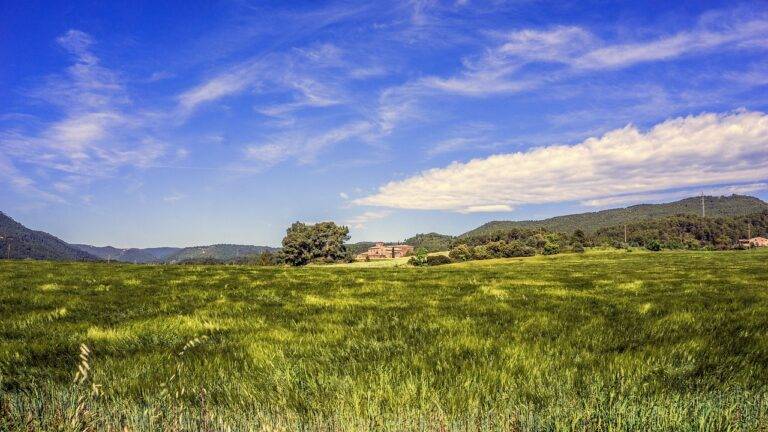Sustainable Landscaping: Eco-Friendly Practices for Your Yard
Eco-friendly landscaping offers a myriad of advantages for both the environment and homeowners. By incorporating sustainable practices such as water conservation and natural pest control, you can reduce your carbon footprint and create a healthier outdoor space. Additionally, eco-friendly landscaping helps to promote biodiversity and support local ecosystems by using native plants that attract pollinators and wildlife.
Moreover, choosing eco-friendly landscaping can also lead to long-term cost savings. By reducing the need for excessive water usage, chemical fertilizers, and pesticides, homeowners can enjoy lower utility bills and maintenance expenses. Furthermore, sustainable landscaping techniques help to improve soil health and reduce erosion, creating a more resilient and visually appealing outdoor environment.
Choosing Native Plants for Your Yard
When it comes to landscaping your yard, opting for native plants can offer numerous benefits. Native plants are well-suited to the local climate and soil conditions, requiring less water and maintenance compared to non-native species. By choosing native plants, you can create a more resilient and sustainable landscape that supports local wildlife and biodiversity.
In addition to their environmental advantages, native plants also add aesthetic value to your yard. These plants have evolved over time to thrive in their specific region, offering a unique and natural beauty that can enhance the overall look of your outdoor space. Whether you are aiming for a wildflower garden or a more structured landscape design, native plants can provide a versatile and visually appealing option for your yard.
What are the benefits of eco-friendly landscaping?
Eco-friendly landscaping helps conserve water, reduce the need for harmful chemicals, support local wildlife, and create a more sustainable environment.
How do I choose native plants for my yard?
When choosing native plants for your yard, consider factors such as your region’s climate, soil type, sun exposure, and water availability. Research local native plant species that are well-suited to these conditions.
Why are native plants important for the environment?
Native plants play a crucial role in maintaining biodiversity, supporting pollinators, and providing food and habitat for local wildlife. They are also better adapted to local climate and soil conditions, requiring less maintenance and resources.
Can I incorporate non-native plants in my eco-friendly landscaping?
While native plants should be the main focus of your eco-friendly landscaping, you can incorporate non-native plants that are well-adapted to your region and are not invasive. Just be sure to plant them in a way that minimizes their impact on the local ecosystem.
How can I maintain a yard with native plants?
To maintain a yard with native plants, practice proper watering, mulching, and pruning techniques. Limit the use of pesticides and fertilizers, and allow natural processes to support plant growth and wildlife in your yard.





